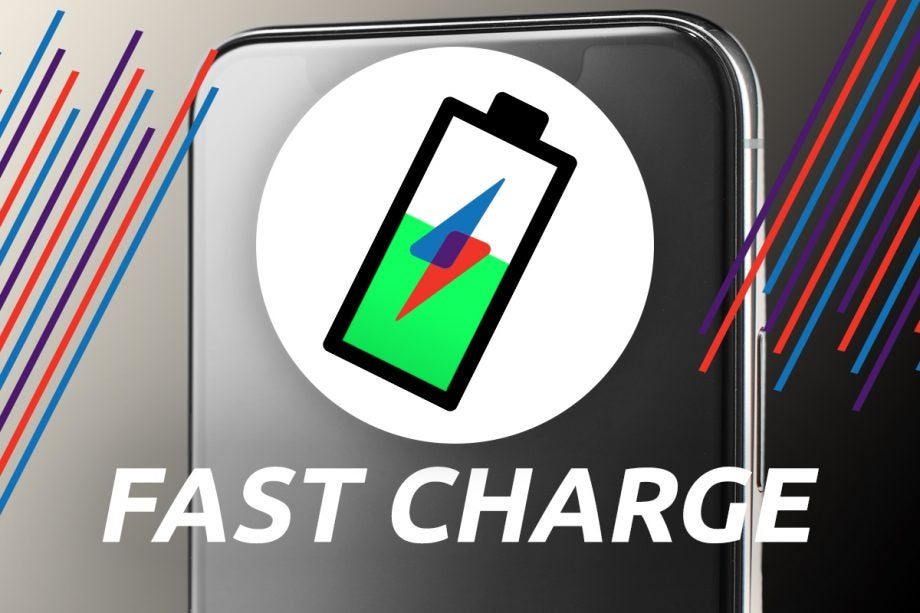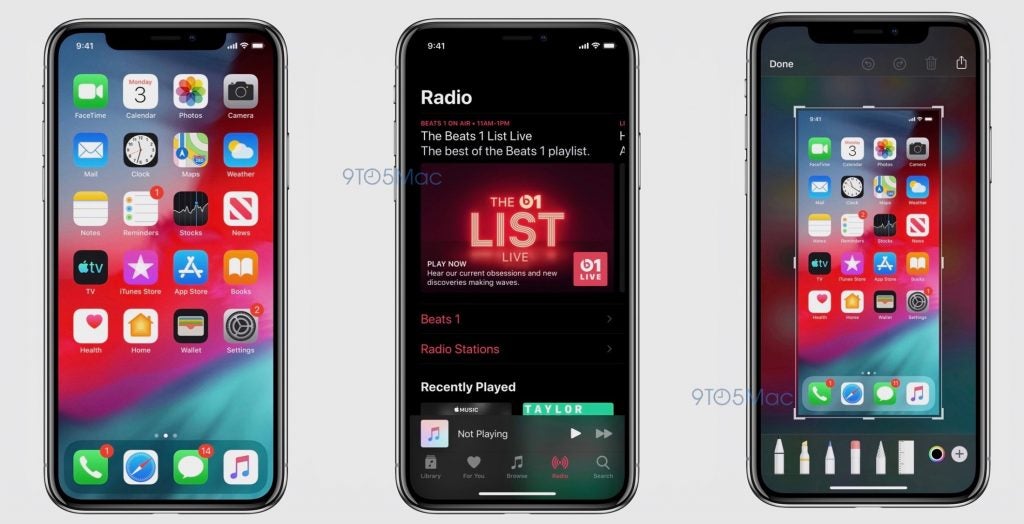Dark mode on iOS 13 and why it matters: Fast Charge

Welcome to Fast Charge, our weekly column exploring one of the biggest mobile stories of the moment. This week we look at iOS 13’s forthcoming dark mode and why so many people have been clamouring for such a specific feature for so long.
Apple’s Worldwide Developer Conference (WWDC19), is set to kick off on June 3, bringing with it a week of sessions and training for developers who build apps and experiences meant for Apple’s various OS platforms.
- Related: What you need to know about WWDC 2019
Aside from the various classes available to the developer community in attendance, Apple also likes to kick its WWDC conference off with an opening-day keynote detailing what new features it’ll be bringing to macOS, tvOS, watchOS and, of course, iOS.
One of a number of leaked features that’s set to form part of the next major release of Apple’s mobile platform – iOS 13 – is a system-wide dark mode that people seem pretty excited about.
What is a dark mode and what is it for?
As the name implies, a dark mode is an optional alternative theme or interface that favours darker tones and sometimes, fully black UI elements. There a number of benefits to using a dark mode; for one, on mobile devices, including laptops, tablets and phones, darker tones are shown to consume less power, resulting in better battery life.
In the case of devices that feature OLED displays, like the OnePlus 7 Pro, iPhone XS and Samsung Galaxy S10, light is produced on a pixel by pixel basis, so when showing true blacks, the pixels in question are effectively off, emitting no light and consuming practically no power at all.
- Related: Galaxy S10 vs iPhone XS
Beyond power consumption, darker interface tones can help reduce eye strain, especially when being viewed in dark surroundings. And in select cases, alternative UI and font colours have also been linked to alleviating conditions like Scotopic Sensitivity Syndrome – an affliction commonly found in those with dyslexia that makes text visibility and comprehension difficult.
What does dark mode on iOS 13 look like?
At the start of May sources ‘familiar with the matter’ informed Bloomberg of a number of additions and improvements set to feature as part of iOS 13, dark mode being among them.
While the article did caveat that some features might get pushed back to a later date, rumour has it the positive response surrounding the inclusion of dark mode fast-tracked its implementation in time for launch at WWDC 2019.
- Related: iOS 13 release date and features
Users will apparently be able to enable dark mode from within their device’s settings menu or directly from Control Centre, with its black and grey-centric look apparently optimised for night-time viewing.

9to5Mac took things a step further by publishing supposed leaked screenshots of iOS 13’s dark mode (seen at the top of this story), which changes the fundamental backdrop of first-party apps like Music, swapping its white base colour for true black. The screenshot tool meanwhile, can be seen to feature a dark grey backdrop instead of the off-white currently found in its iOS 12 incarnation.
iOS 13’s new feature set, including dark mode, is slated to arrive on both iPhones and iPads but may also reach the new 7th-generation iPod Touch too.
Where else can I find a dark mode?
Beyond iOS, dark mode can already be found elsewhere within Apple’s own ecosystem. The last major release of its macOS platform, Mojave (version 10.14) was unveiled at 2018’s WWDC and dark mode was one of the key new features there as well.
Going even further back in time, tvOS 10, which was released in late 2016, brought dark mode to the company’s 4th-generation Apple TV and it’s been supported ever since.
Hello Dark Theme, our new friend. Launching in #AndroidQ, lighting up less pixels means saving more battery life. #io19 pic.twitter.com/2hPQEz5twG
— Google (@Google) May 7, 2019
Talk of a native dark mode on Android has also been rife of late, with the feature now confirmed to appear as part of the next major release of Android (Android Q), under the name ‘Dark Theme’.
Google has already released app-specific dark mode updates for both its Google Keep notes application and the Google Calendar app, ahead of Android Q’s release.
Speaking of apps, there are a number of third-party apps that also boast a native dark mode of their own, including Twitter, Slack, Pocket and the game Threes.
Some phone makers have already taken the lead on a system-wide dark mode for their devices, with the most recent release of OnePlus’ Oxygen OS and ZenUI 6 as it appears on the new Asus ZenFone 6 both boasting a dark theme, as two such examples.


